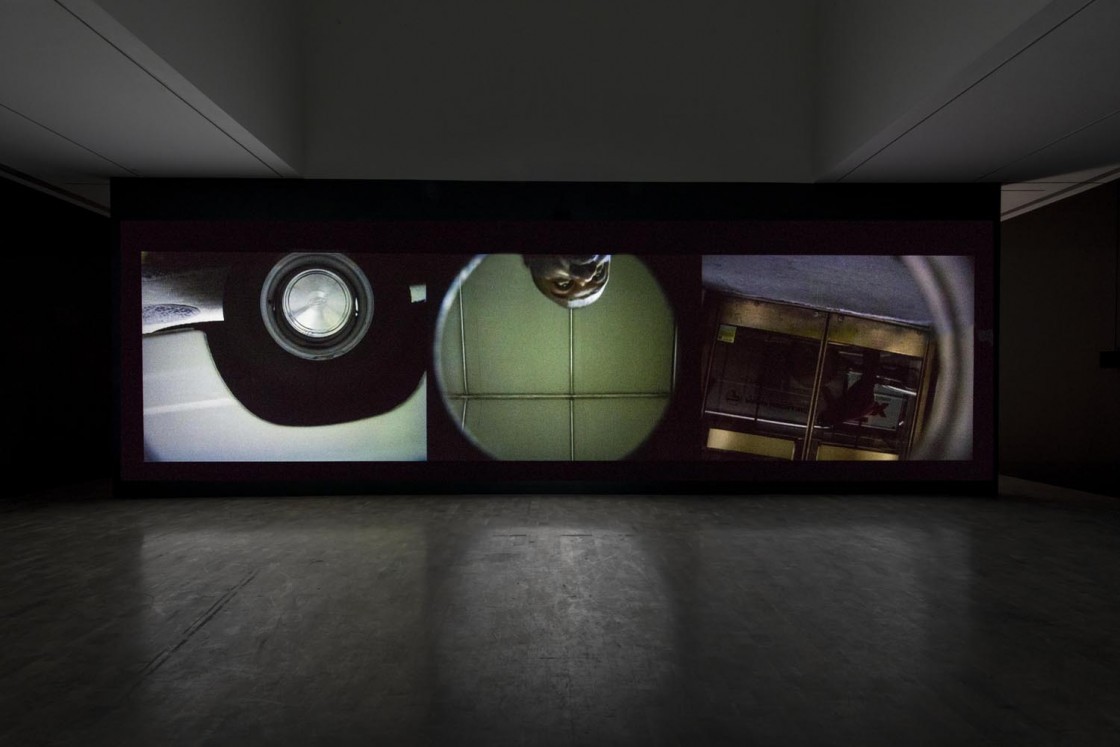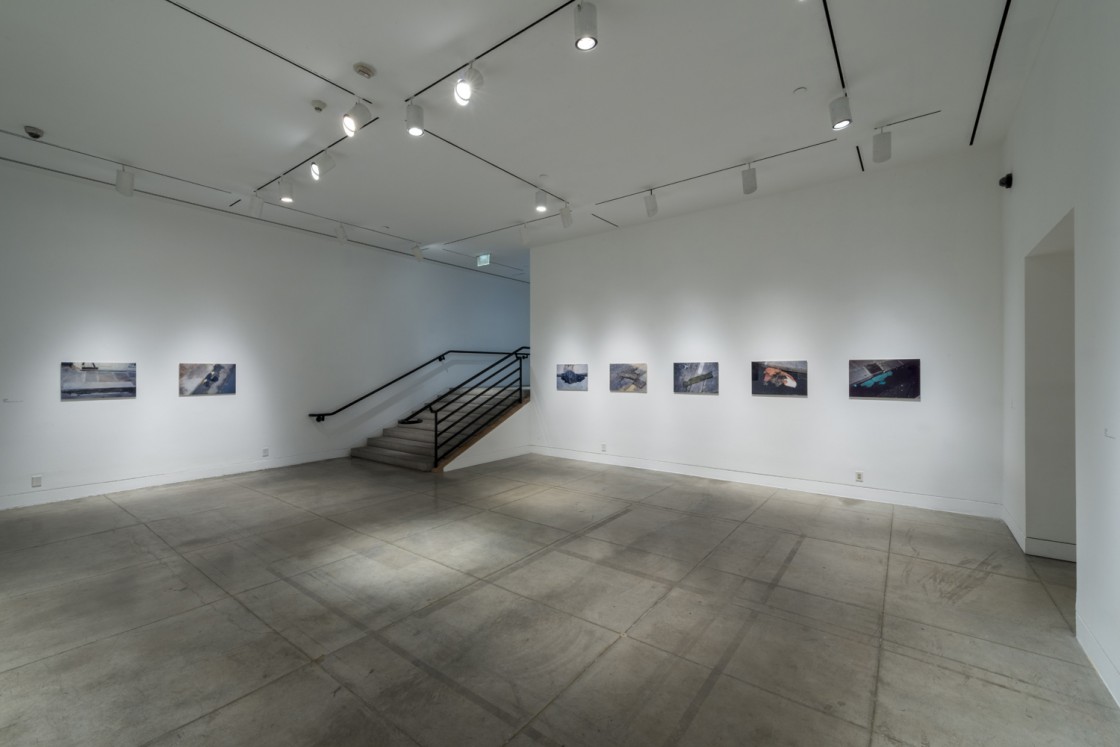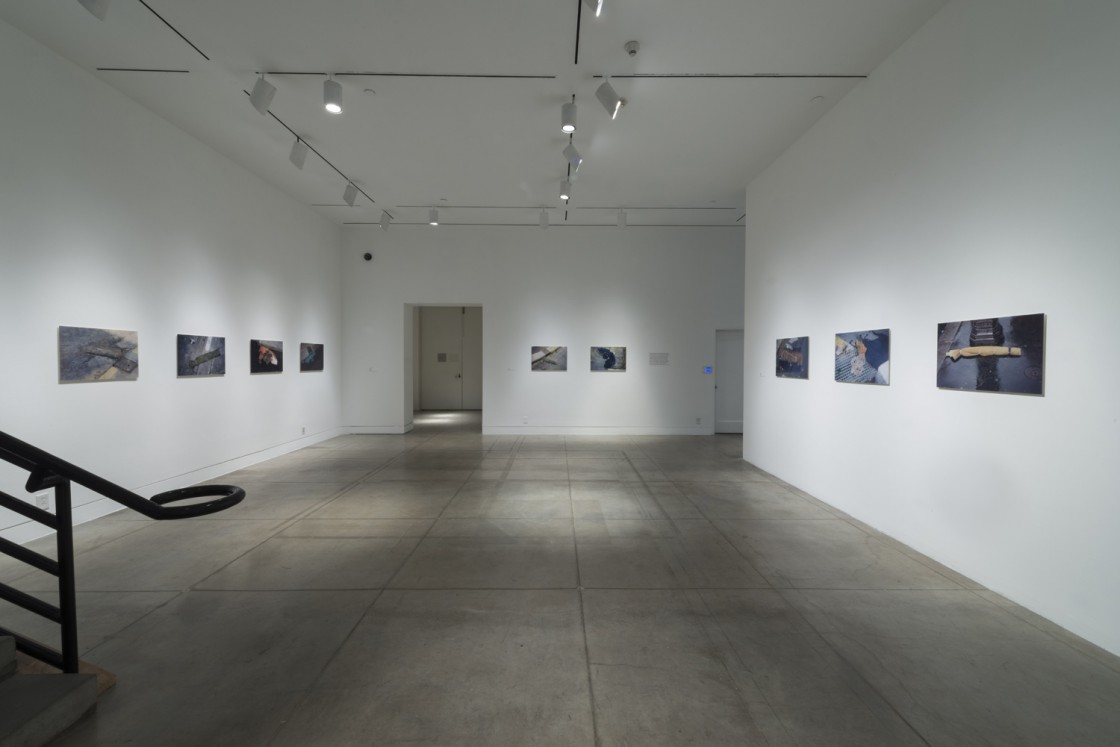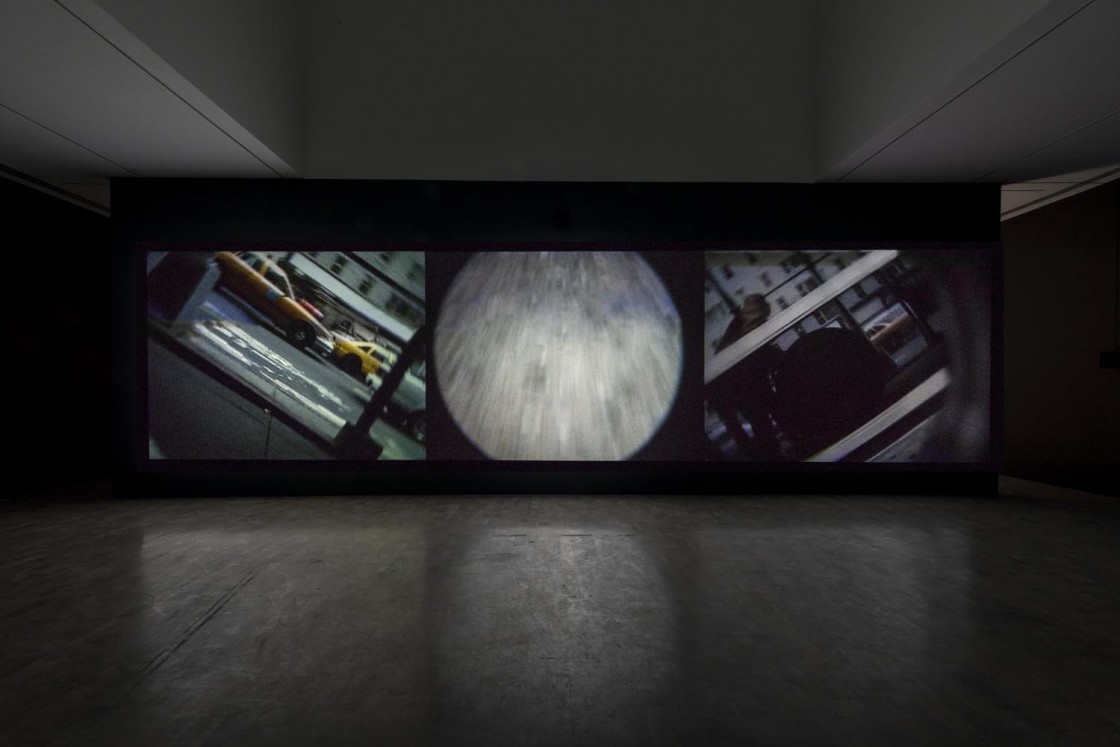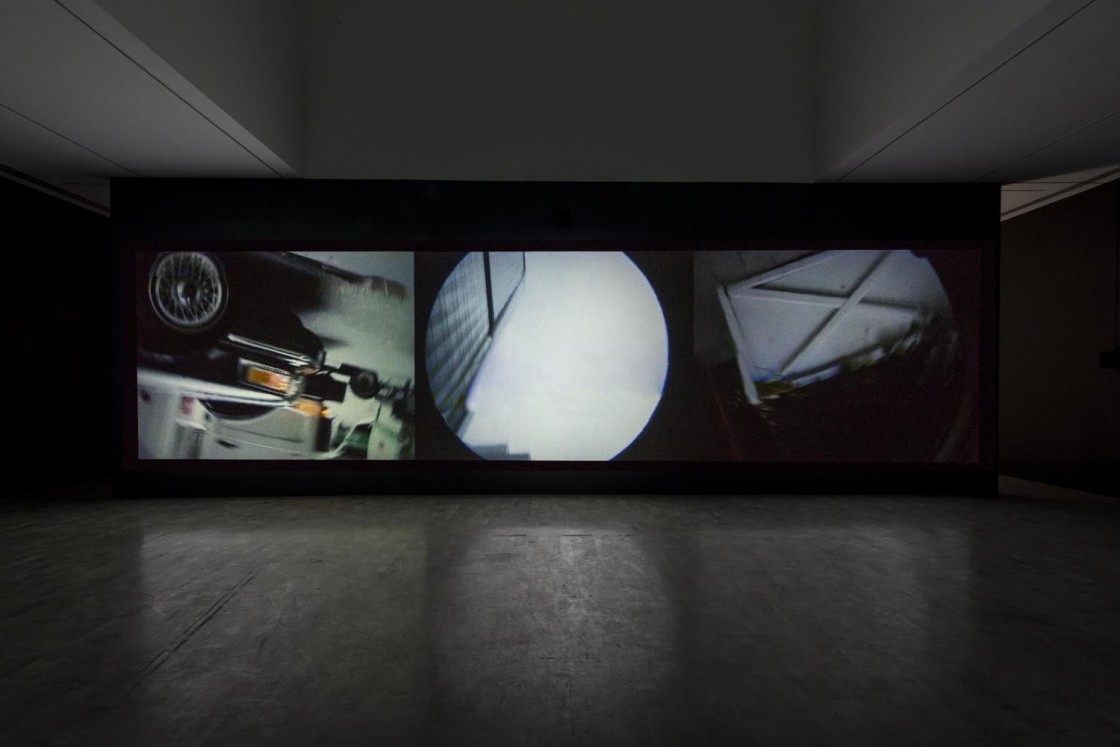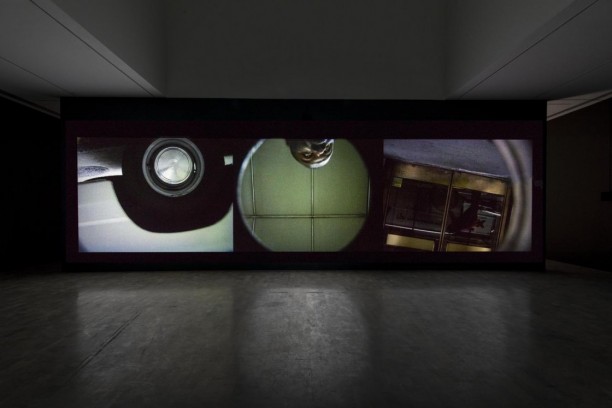Steve McQueen: Drumroll takes as its centerpiece the artist's 1998 video installation Drumroll, a 2004 partial and promised gift from Blake Byrne to MOCA's Permanent Collection. The exhibition also includes a selection of works from Barrage (1998), McQueen's series of fifty-six photographs of gutter "dams" found along the streets of Paris. The exhibition is organized by MOCA curator Bennett Simpson.
"Steve McQueen brought a language of the body and performance to the conversation about self-hood and subjectivity that was going on in the 1990s - a conversation that has not been finished, in part because of the innovative work he has continued to do. Drumroll is a portrait of an experience of the city, and its questions go to how and who we are," said MOCA Curator Bennett Simpson.
McQueen was awarded the prestigious Turner Prize for Drumroll in 1999, an acknowledgment of the artist's important work in video and performance in that decade. Drumroll is a three-channel video projection that forms a triptych image on one wall. To make the work, McQueen placed three video cameras inside of an oil drum, recording (through holes at either end and one in the center of the side) what the oil drum "experienced" while being rolled by the artist down 56th, 57th, and 58th Streets in midtown Manhattan. The three synchronized projected images and accompanying sounds are the record of this journey, a whirl of sky and pavement, parked cars, and occasional glimpses of the artist, complemented by the rhythmic "beat" of the drum rolling over the asphalt. Although it is non-narrative, Drumroll nonetheless echoes any disorienting passage through the city - and through life in general - a meditation on movement, obstacle, displacement and negotiation. "It's like since you've been born, you make a route, and everything is going by you, and along the way you grab what you can, make connections you can, and what you grab makes you," explained McQueen.
Since he completed his first film in 1993, Steve McQueen (b. 1969, London) has produced a remarkable body of projected films, video installations, and, more recently, feature-length films. Trained as a painter, McQueen studied at the Chelsea College of Art and Design (1989-90), Goldsmiths College, London (1990-93), and at Tisch School of the Arts, New York University (1993-94). In 2009 he represented Great Britain at the Venice Biennale and has received numerous other awards and grants for his work as an artist and filmmaker. McQueen's first feature film Hunger (2008) was awarded the Camera d'Or at the 2008 Cannes Film Festival and in 2011 he received the FIPRESCI Prize for Best Film at the Venice International Film Festival for Shame (2011). He has exhibited internationally with a major career retrospective organized by the Art Institute of Chicago and the Schaulager Basel in 2012-2013. In 2014, the film 12 Years a Slave, directed by McQueen, won the Academy Award for Best Picture.
